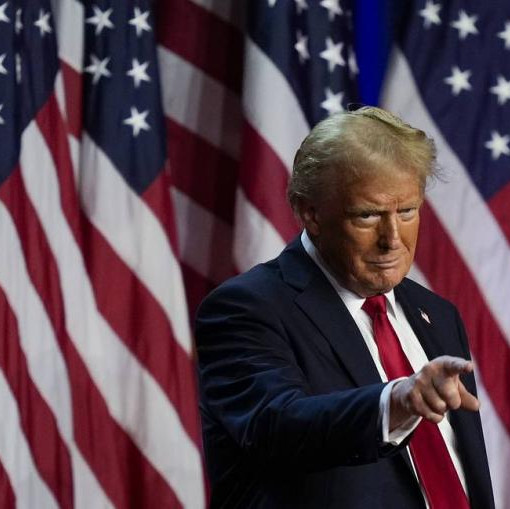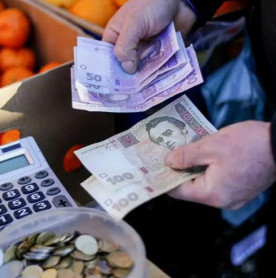At least 20 Indian soldiers were killed in a clash with the Chinese military in the Galvan river valley in the eastern part of the Union Territory of Ladakh. This came in a Tuesday report by the ANI news agency with reference to military sources. The agency also claims the Chinese side has lost 43 people killed and seriously injured.
Earlier on Tuesday, representatives of the Indian land forces said that the day before, three Indian border guards, including an officer, were killed during a clash between the Indian and the Chinese military in the vicinity of the Union Territory of Ladakh. According to army sources, the incident did not involve firearms, and the soldiers were killed in a hand-to-hand fighting with the use of stones and sticks, TASS reported.
The Chinese Ministry of Defense of China has in its turn accused the Indian military of illegally crossing the line of actual control in Ladakh and gathering a provocative assault. This, in particular, came in a Tuesday-published statement by Senior Colonel Zhang Shuili, an official spokesman for the Western Theater Command of the People's Liberation Army.
The situation in the border areas of Ladakh has worsened after several hand-to-hand fights involving some 250 Chinese and Indian soldiers at one of the border sections in early May this year. Back then, over a hundred soldiers from both sides suffered wounds. According to Indian space intelligence, last month witnessed China bring armored vehicles to the border areas of Ladakh and increase the number of military personnel. India also sent an additional four battalions to the region.
New Delhi explains its actions by saying that Chinese military personnel are preventing regular patrols along the line of de facto control separating the two countries in Ladakh and Sikkim. Beijing, in turn, claims that escalation between the two countries' military is caused by the invasion of Indian soldiers to the Chinese territory.
After the clashes in May, India and China said they were undertaking efforts to ensure peace and order in the border areas. Command representatives from both sides held a number of meetings, which nevertheless failed to cease armed clashes between the two countries.
Let us make clear that the world's two most populous countries – India and China, with their almost three billion people (37% of the world's total population) – are currently separated by a conventional boundary called the McMahon line. It was named after British colonial administrator Sir Henry McMahon who proposed its creation in 1914. India and the government of Tibet's de facto leader, the Dalai Lama, recognized the existing border, which can't be said for the PRC, as was reported in the 1959 official diplomatic note from Beijing. After that, several attempts were made to solve the issue, with two Indochina agreements of 1993 and 1996 having fallen flat. Two sections of border territory remain disputed to this day, namely those in the north-eastern part of Kashmir and in the north of Arunachal Pradesh. The line of effective control lies right in the Ladakh region.
The heaviest recent standoff between India and China occurred in the summer of 2017, when Chinese workers began laying a highway through the disputed Doklam plateau – a mountainous area at the boundary merging between China, India and Bhutan. Back in those days, the government of Bhutan expressed its protest but was ignored by the Chinese side, following which India intervened, bringing its military across the state border and forcing the Chinese military out of the plateau after a brief skirmish. A few months later, in the aftermath of a series of consultations, the foreign ministries of India and China announced an agreement on the separation of forces in Doklam.
Border disputes between India and China have become a thorn in relations between New Delhi and Beijing. It is encouraging that separate skirmishes do not bloom into a serious armed conflict, as it happened in the fall of 1962. Apparently, India and China, while remaining geopolitical rivals in Asia, are reluctant to putting rapidly growing mutual economic ties on trial. Suffice it to say that China is the number one trading partner for India. In the 2018/19 fiscal year, the two countries' trade turnover amounted to $87 billion, save and except trade with India through Hong Kong. However, the trade is not coherent, with an impressive $53 billion balance in favor of China. The Indians are dissatisfied with this and even slow down the development of trade relations a little.
In 2018, Indian Prime Minister Narendra Modi paid a visit to China, resulting in an agreement with Chinese President Xi Jinping to avoid escalated border disputes. So far, this only remains a mere agreement, nothing more. By the way, New Delhi and Beijing rejected offers from third parties, particularly Washington, to mediate in the settlement of border disputes. Both sides consider themselves capable of resolving disputes that arise between them without outside help. Moreover, both countries are members of such heavyweight international associations as BRICS and SCO.
By the way, India does not tend to dramatize the situation. In particular, according to Indian experts, the current incident in the Himalayas will not fundamentally affect New Delhi's course towards Beijing. For instance, an observer with the Print TV channel believes India won't support the US-launched campaign aimed to blame China for the COVID-19 coronavirus epidemic and even force it to pay a contribution. Some Indian experts are also sure that India and China will only benefit from a strategic understanding if reached, as well as other countries, by the way.
Meanwhile, according to the latest Indian media reports, the Indian and Chinese military conducted a mutual withdrawal of forces in eastern Ladakh.









